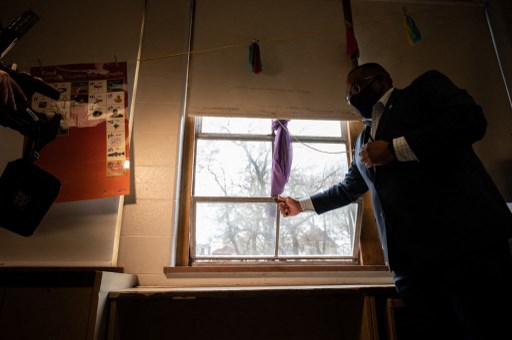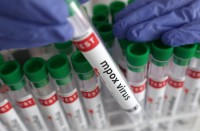
by Kelly MACNAMARA
Agence France Presse
PARIS, France (AFP) — Opening windows and ventilating spaces should be at the heart of efforts to prevent the spread of Covid-19, a group of experts said Thursday, arguing that confusion over airborne transmission meant this simple measure was being overlooked.
Mounting evidence convinced many places to adopt mask-wearing recommendations and health authorities have for months said that crowded, badly ventilated indoor spaces are a particular risk.
The virus is most likely to spread through inhalation at close range rather than through contact with surfaces or at long range, said respiratory experts said in a commentary published in the BMJ medical journal.
But despite this, the role of aerosol transmission gets “only a cursory mention in some infection control guidelines”.
“People are much more likely to become infected in a room with windows that can’t be opened or lacking any ventilation system,” they said.
The authors, including Julian Tang from the University of Leicester and Linsey Marr from Virginia Tech, said part of the problem has been a lack of clarity in the definition of terms such as “droplet” and “airborne” when describing transmission.
“Essentially, if you can inhale particles — regardless of their size or name — you are breathing in aerosols,” they said.
“Although this can happen at long range, it is more likely when close to someone, as the aerosols between two people are much more concentrated at short range, rather like being close to someone who’s smoking.”
At the beginning of the pandemic, health authorities, including the World Health Organization (WHO), discounted the possibility that simply breathing could send infectious micro-droplets into the air.
But they did a U-turn as experts piled on pressure and evidence mounted.
The BMJ commentary said precautions like wearing masks, keeping one’s distance and reducing crowding in indoor spaces would all help curb viral spread, whether it was through inhaled particles or direct contact with surfaces.
But it stressed that a crucial difference was “the need for added emphasis on ventilation because the tiniest suspended particles can remain airborne for hours, and these constitute an important route of transmission”.
In March, the WHO released a guidance document encouraging better ventilation in buildings.
It said that while “knowledge gaps” remain, transmission of the virus that causes Covid-19 is particularly effective in crowded, confined indoor spaces where there is poor or no ventilation.
© Agence France-Presse







